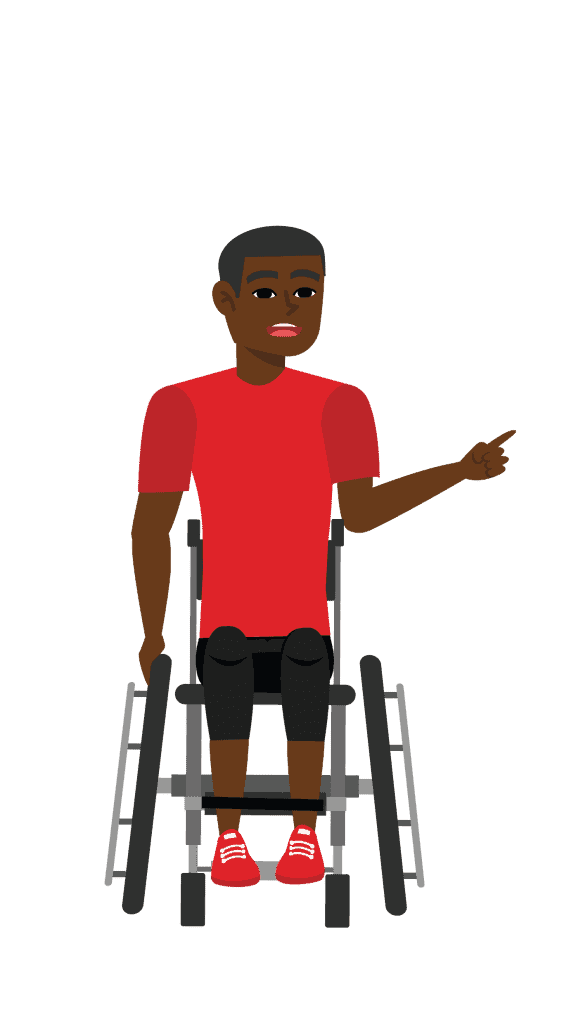The four different DISC coaching styles are discussed in the article Understanding and Using the Four Coaching Styles and this article is dedicated to the Dominant Sport Coaching Style. Here is a summary of the Dominant Sport Coaching Style (‘D Style’ Coach):
- A ‘D Style’ Coach is highly directive and decisive. They guide the athlete with clear and concise instructions, monitoring and correcting as progress is made.
- The athlete requires high technical instruction but has low relationship/motivational needs.
- D Style coaching works well with novice athletes (who lack skills and need direct instructions), athletes learning a new position or changing into a new sport entirely, who are motivated and enthusiastic.
- Examples of situations when the D Style of coaching is appropriate are when vital information needs to be given urgently, where the setting and driving high standards is necessary, when time is limited or when decisive action is needed.

If you are using a Dominant Style (D Style) of coaching you are highly involved with everything your athlete does technically. You guide them in detail with what they are required to do and then closely monitor their progress, giving corrective instructions immediately. This style provides clarity and your athlete always know where they stand and how they are doing in terms of their performance. The athlete also benefits as the close monitoring and immediate feedback keeps their technique and performance on a straighter path.

WHO TO USE THE Dominant STYLE WITH
The Dominant sport coaching style is best used with novice athletes (who lack skills and need to be given direct instructions), athletes learning a new position or changing into a new sport entirely. These athletes have few technical skills but are likely to be motivated and enthusiastic.
In using this coaching style, you provide a lot of technical direction, as this is the area you need to develop most in your athlete. Emotional support (relationship or people focused behavior) is not as critical at this stage as the athlete’s own enthusiasm allows for almost all the reinforcement they should need. However, it is always a case of shifting quickly to giving positive feedback when effort is excellent or skills have been well performed. (When this positive reinforcement is used, it is an example of the Influence Style of coaching.)
D STYLE COACHES - WATCH OUT FOR...
If you attempt to use a Dominant Style with more experienced athletes, they may resent your “micromanaging” or feel that you do not believe they can perform basic skills. As athletes become more experienced you can adapt your style to more Conscientious, Influence or Steady from giving such concentrated direction of the Dominant Style.
However, if you are not providing enough technical direction when athletes need this style of coaching, athletes can drift, and become disengaged with the skill they are developing as they see their progress slow.
Where to from here?
The CoachDISC is the only sport specific tool available for identifying what your preferred coaching style is. Without this tool, one can learn about their style from the observation of experienced coaches or by video taping your coaching and looking for evidence of your preferred communication and coaching style.
Once you are aware of your sport coaching style, it becomes easier for you to add into your coaching practice the aspects that your natural coaching style may lack but your athletes still require.
Continue to read more on this topic by:
- Return to Understanding and Using the Four Coaching Styles
- Read more about the Influencing Sport Coaching Style
- Read more about the Steady Sport Coaching Style
- Read more about the Conscientious Sport Coaching Style
At Athlete Assessments, we’re here to provide you with excellence in service and here to help you be your best. If there is anything we can assist you with, please contact us.






